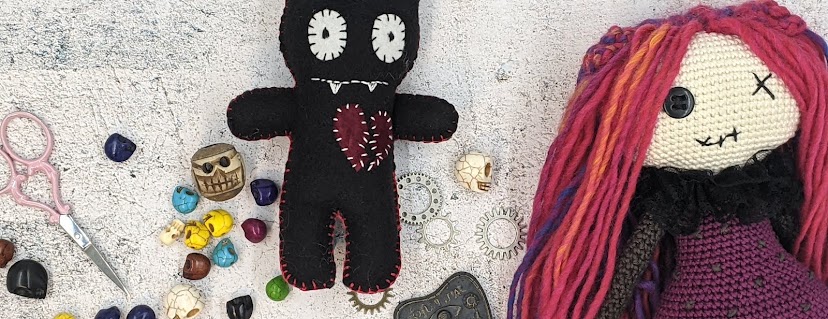Nelly Don born Ellen Quinlan(1889) in Parsons, Kansas the 12th child of Irish-Americans. After finishing high school at the age of 16 she moved to Kansas City and got a job as a stenographer where she met Paul Donnelly a fellow stenographer whom she married at the age of 17. Nelly wanted to continue her education so when she was 19 Paul helped pay for her to attend Lindenwood College in Missouri, she was the only married student. After graduation in 1909 she returned to being a housewife. Nelly hated the standard fashions available for a housewife at the time so she started to design and create her own housedresses. After being continually asked by neighbours and friends about her clothing she decided to go into business.
At the time housedresses sold for .69 cents and Nelly dresses sold for $1.00 each. She had a hard time convincing any retailers to sell her dresses until Peck's Dry Goods agreed to take 18 dozen dresses on consignment in 1916. Paul managed to scrape enough money together to buy fabric and some foot pedal sewing machines.It took Nell and two friends sewing for two months to get the order finished. Her pink gingham empire-style housedress which was fitted and trimmed with ruffles sold out in a few days.
From the very beginning Nelly believed that dresses should look stylish and flattering on women of a wide range of sizing.
Each design was prototyped in every size to ensure that it fit correctly and little alteration would be needed beyond what Nelly worked into the design of the garment. The dresses often had slide fasteners and adjustable waistlines and belts. Another feature was "Double stitching at the waistline tape in one piece dresses. Rip out the top row of stitching for added shoulder-to-waist length". Most of the dresses could be washed and drip dried with minimum ironing and had at leat one pocket.
Nelly made her first million dollars by 27 by reinventing the housedress. She pioneered clothing piecing production by taking inspiration from aviation and car manufacturing industries on production. By 1923 she employed 250 people(mainly women) and her dresses were sold in most department stores across the U.S. She was always a great publicist as she understood the benefits of cross promotion. She provided all stores with extensive marketing support through pamphlets, radio and newspaper ads but also insisted they agree to exclusivity and sell no other dresses. Many department stores had a whole area which was labeled the Nelly Don Shop.




No comments:
Post a Comment